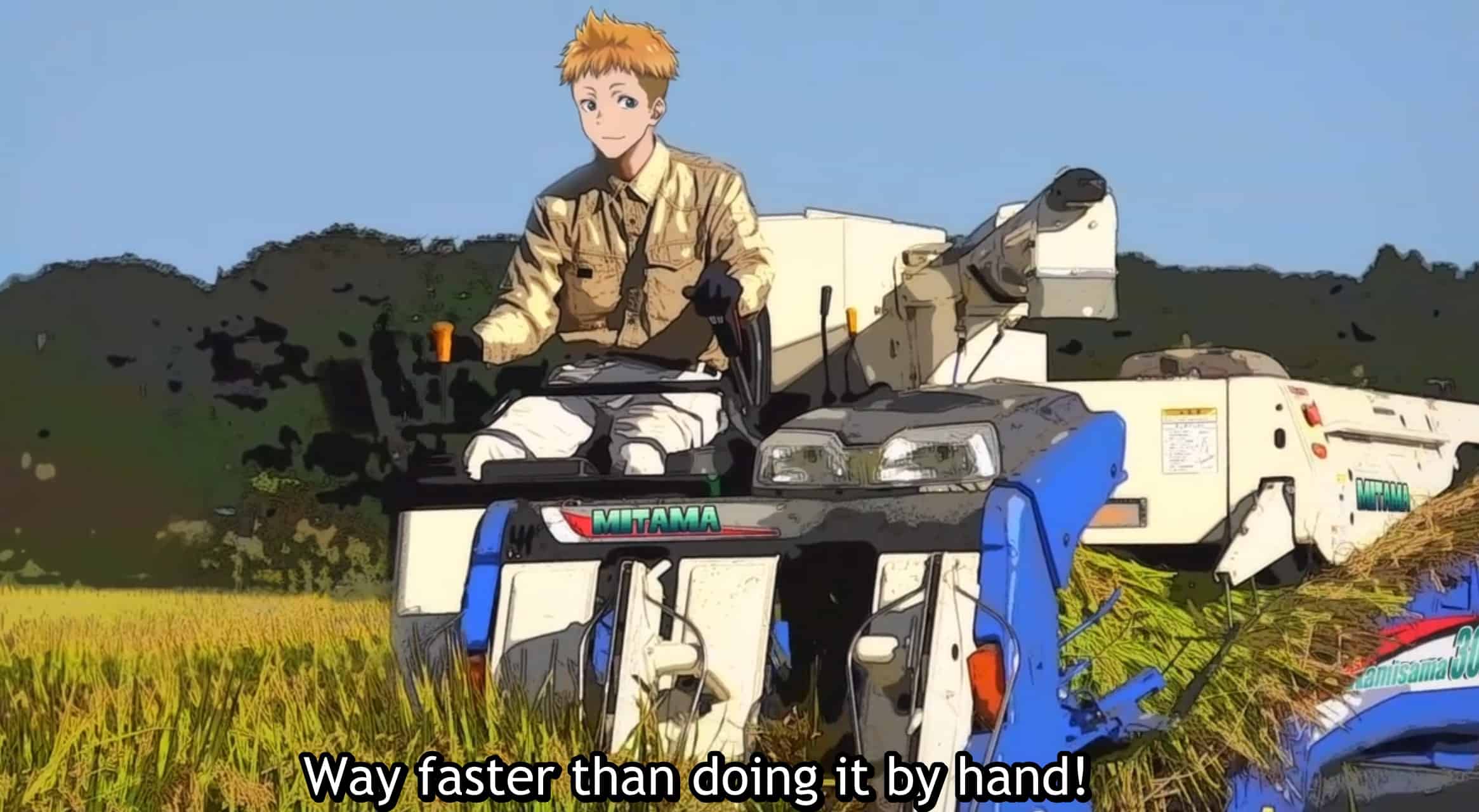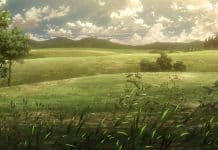Anime has long been renowned for its breathtaking visuals and captivating storytelling. One recent anime that has caught the attention of audiences worldwide is Kamikatsu. With its unique blend of fantasy, action, and drama, Kamikatsu has not only enthralled viewers with its narrative but has also set new standards in the use of computer-generated imagery (CGI). In this article, we delve into the mesmerizing world of Kamikatsu’s CGI, particularly focusing on its implementation of shadows, ray-tracing, ray-traced global illumination, and reflections.
The Enchanting World of Kamikatsu
Kamikatsu introduces us to Yukito, the heir to a cult leader, whose life revolves around the mysterious goddess Mitama. The narrative takes an unexpected turn when Yukito is seemingly killed during a ritual. However, he soon discovers that he is reborn into a world devoid of gods, where life and death are determined by the Imperial State. Eventually, he finds himself transported to a dystopian future, where gods and religions have vanished due to the advancements of the Imperial State. Yukito embarks on a mission to protect his new village and restore the existence of gods and religions.

CGI in Kamikatsu: Pushing Boundaries
Kamikatsu’s CGI takes center stage, bringing the fantastical world to life with its stunning visual quality and attention to detail. Let’s explore some key aspects of the anime’s CGI that contribute to its immersive and captivating experience.
Shadows
The intricate use of shadows in Kamikatsu’s CGI plays a pivotal role in accentuating the size and scale of the strange beasts that roam the world. By skillfully manipulating shadows, the animators have managed to create a sense of depth and enormity, heightening the awe-inspiring nature of these creatures. As the sunlight casts its rays, the shadows stretch across the landscape, enveloping the beasts in darkness and emphasizing their immense proportions. The interplay of light and shadow not only brings a heightened sense of realism to the anime but also enhances the sense of grandeur and danger that these creatures embody. With each looming shadow, viewers are reminded of the immense power and presence these beasts possess, adding to the tension and excitement within Kamikatsu’s fantastical world. The meticulous attention to detail in crafting these shadows adds an extra layer of visual splendor, immersing the audience in a world where the extraordinary becomes tangible and the creatures’ colossal forms truly come to life.

Ray-Tracing Power
Ray-tracing is a rendering technique that simulates the behavior of light rays, resulting in incredibly realistic lighting effects. Kamikatsu utilizes ray-tracing to bring a heightened level of realism to its CGI, making the visuals more immersive and lifelike. The interplay of light and shadows creates a visually stunning experience, drawing viewers deeper into the anime’s world. We can see this on display in a few shots, where we have realistic shadows cast from carts during cinematic and intense moments.

Kamikatsu goes all out on Typhons CGI
Typhon, one of the later strange beasts in the series, puts pixar to shame by not only leveraging incredible, fluid animation but also realistic shadows and particles.

Kamikatsu has captivated audiences with its compelling narrative and visually stunning CGI. Through the skillful use of shadows, ray-tracing, ray-traced global illumination, and reflections, the anime pushes the boundaries of what can be achieved with CGI, creating a world that feels immersive, vibrant, and alive. As technology continues to evolve, we can only anticipate even more breathtaking visual experiences in the realm of anime and beyond.











